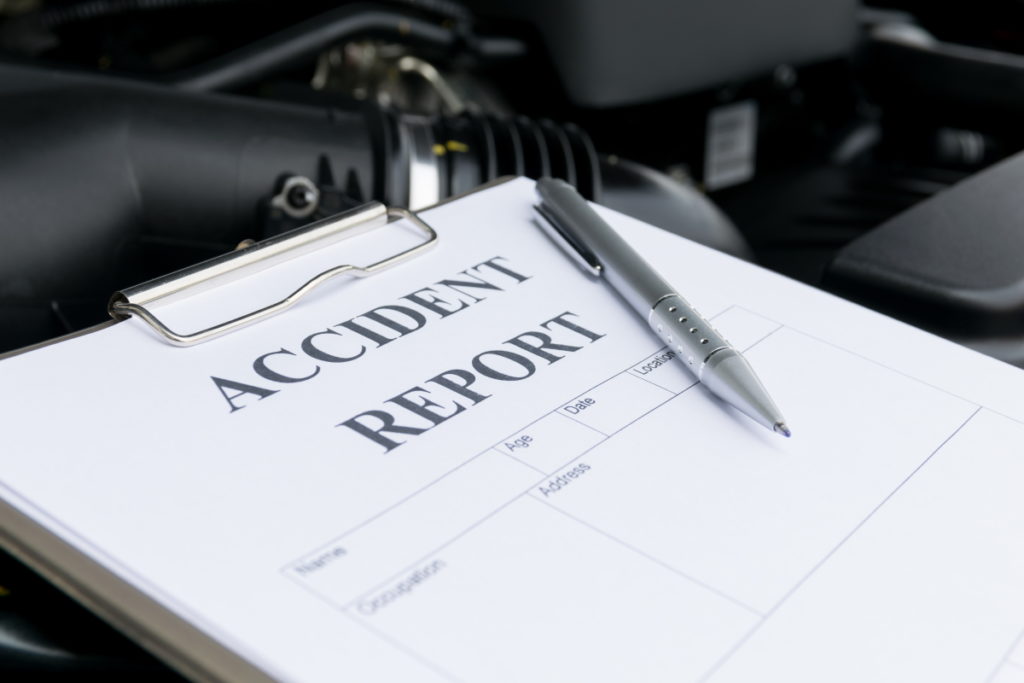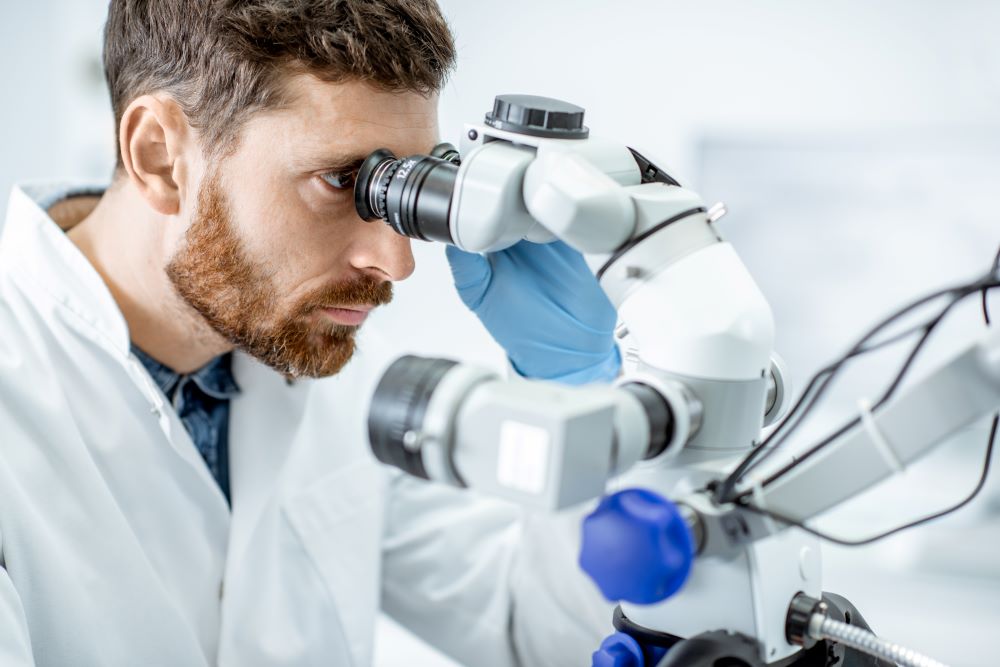So much of lone worker and broader health and safety advice focuses on preparation and prevention, but what to do after an accident at work has occurred can often be just as crucial to the overall story. An accident at work procedure can be stressful for everyone involved, but knowing more about the process beforehand can ensure things run as smoothly as possible.
The Reporting of Injuries, Diseases and Dangerous Occurrences Regulations 2013 (RIDDOR) is the law that forces employers to report and keep records of:
- Work-related accidents resulting in death
- Work-related accidents that cause serious injuries
- Diagnosed industrial diseases
- Other dangerous occurrences
We’ll dive into exactly what counts as a ‘work-related accident’ in this blog, as well as the various exemptions and – perhaps most importantly – how you can avoid incidents from occurring in the first place.
Reporting accidents at work
An employer is legally obligated to report accidents at work to enforcing authorities such as the HSE, local authorities and the Office for Rail Regulation (ORR). These bodies will then decide whether further investigation is warranted based on the context around the incident.
As we all know, context is a tricky thing to pin down, but the general rule is that accidents are deemed work-related if the circumstances that led to them come under the employers’ control. So procedure, equipment and environment are essential here.
Accidents don’t always come under RIDDOR’s umbrella, however, and they must fit specific criteria before employers are forced to report them. For example, the incident must result in one of the outcomes listed below:
- Death
- Fractures (excluding fingers, thumbs and toes)
- Amputations
- Permanent sight loss
- Crush injuries that lead to internal organ damage
- Burns covering more than 10% of the body (or damaging eyes, the respiratory system or vital organs)
- Scalpings
- Head injuries or asphyxiation that results in becoming unconscious
- Injuries leading to hypothermia, heat-induced illness, the need for resuscitation or admittance to hospital for more than 24-hours
- Injuries that result in more than seven days of lost work
- Accidents involving non-workers that result in hospital treatment
If one of these reportable incidents does happen in your workplace, there are a few steps you need to follow.
First, you must keep detailed, up-to-date records of any incidents in an accident book or similar. This information should then be used to inform future risk assessments and updated health and safety policies for your organisation. It’s also a good idea to take a photograph of where the accident happened.
It’s also essential that you keep a record of any discussions you have surrounding the incident, such as when a complaint is made.
To report an accident, you should use the RIDDOR online form, or call the Incident Contact Centre on 0845 300 9923.
When is an accident at work investigation warranted?
Several factors are taken into consideration when deciding whether a formal accident at work procedure is needed. These include looking at the way work is organised, conducted and supervised, the tools and equipment used, and the condition of the site where the incident occurred.
This is why it’s so important to conduct a risk assessment before work is carried out. Doing this will dramatically reduce the occurrence and potential impact of any accidents, keeping both employees and the business safe and secure.
You can download our lone worker risk assessment template here.

It’s also important to remember that health and safety concerns don’t stop with physical injuries, as there are several occupational diseases that sit within RIDDOR’s purview.
In addition to the list of accidents above, there are also certain occupation diseases that need to be reported by either an employer or a self-employed person:
- Carpal tunnel syndrome
- Severe cramp of hand or forearm
- Occupational dermatitis
- Hand-arm vibration syndrome
- Occupational asthma
- Tendonitis or tenosynovitis of the hand or forearm
- Occupation cancer
- Diseases attributable to exposure to a biological agent
Exceptions
As with any rule, there are exceptions to RIDDOR’s definition of workplace accidents. These include:
- Suicide
- Medical or dental treatment that results in death or injury
- Duties carried out by armed forces while on duty
- Road accidents (except when loading or unloading a vehicle, conducting construction and maintenance work on the side of the road, when concerning the escape of a substance from a vehicle, or involving a train)
The accident must also be reported within three years of when it took place.
Moving forwards from an accident at work process
Failure to comply with regulations around workplace health and safety or an accident at work procedure can be incredibly costly for businesses. Employees can claim compensation for repercussions such as loss of earnings, medical costs, permanent disability, pain and suffering and more.
Both the human and business costs of these accidents are substantial, with an estimated 28.2 million working days lost due to illness and non-fatal accidents.
Employers must take a proactive stance on health and safety, especially for lone workers who are often more at risk from hazards such as falls while alone and being attacked when on duty. For example, it is estimated that as many as 150 lone workers are physically or verbally attacked every day.
Employers should do everything they can to identify, mitigate and resolve risks in the workplace before they lead to accidents, and to do this they should speak with workers at all levels of the business, assess the risks across the company and create a thorough health and safety policy that covers all outcomes.
How can we help?
Here at Vatix, we allow organisations to prevent nasty accidents by helping them keep their workers as safe as possible while on duty. Whether this is in the form of lone worker alarms that give employees the security of being just a call away from assistance, or an app on their phone that allows them to check-in with team members, we specialise in making health and safety easier than it’s ever been.
To find out more about how we can help you, click here or give us a call today.

